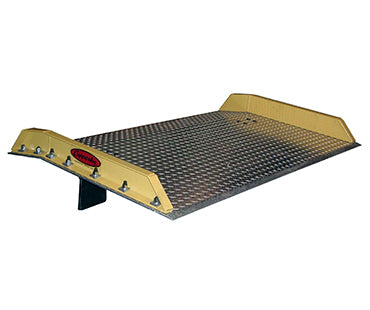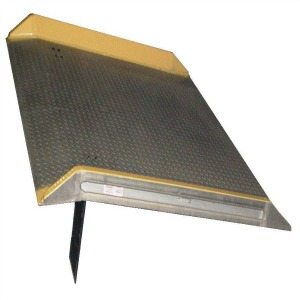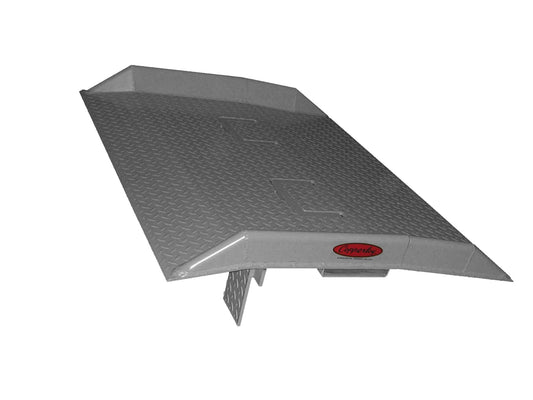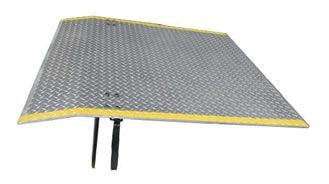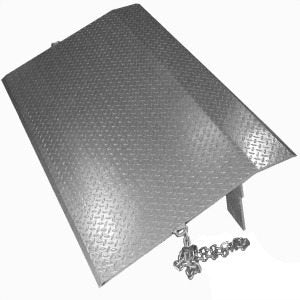Category:
Bridge the Gap at Your Loading Dock
Dock boards and plates are the most cost-effective solution to load and unload trucks at your dock. For lightweight plates with a low capacity, you can usually position them by hand. Heavy capacity boards (15,000 lb+) will require a fork truck to position at your dock. Many sizes and styles are available including aluminum and steel, with and without curbs.
Dock Boards vs Plates
A dock board (also called bridge plate) is designed to bridge a dock gap with greater variance than a dock plate. A dock board is more robust and is commonly used for demanding applications where a fork truck may be used. They can be equipped with loops or chains as a lifting device and are available in steel or aluminum.
A dock plate is used for lighter loads where a cart, dolly, or pallet jack is used. They do not have curbs. Dock plates are for docks with less variance in truck traffic and bed height. A dock plate can be equipped with straps or chains to move the plate. They are available in steel or aluminum.
Capacity
The capacity for a dock board or plate is calculated using the loading device weight, loading device capacity, and a 0.9 multiplier (i.e. fork truck weight + fork truck capacity * 0.9).
Length and Height Variance
Length is based on the maximum height difference of the dock floor and trailer bed. Greater maximum height variances require a longer board or plate. A truck that is lower than the floor will require the unit to be used in reverse, or wheel risers to be used. When used in reverse, units equipped with a lifting device must use a chain instead of loops. This is because loops cannot be reached to store the board.
Width
Is dependent on the loading device being used. A fork truck will require 60" minimum wide unit. A pallet jack will require a 54" minimum wide unit. The usable width on a board is reduced by 6-8" for curbs.
